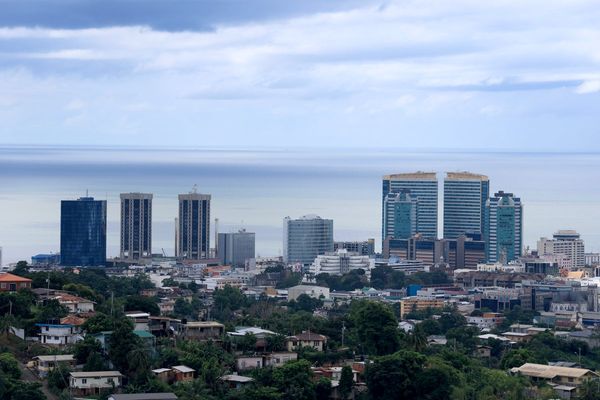
It’s the second week of Wimbledon. On Centre Court, the grass behind the baseline has worn thin and brown. Up in the Royal Box, the king has arrived: Roger Federer walks down the aisle to his plum seat while shaking hands and smiling politely to the strangers around him, such as Joe Root and Michael McIntyre. And below them, for the first time this Championships, Novak Djokovic faces a fellow seeded player.
After swatting aside his first three opponents while losing only one service game, Djokovic finally faced a serious test. Alex de Minaur is still yet to reach a grand-slam semi-final but he has made the quarter-finals in all four majors and it is only a matter of time before the 26-year-old goes much further, having won nine titles on tour. What unfolded here was a wild ride brimming with skill and endeavour from both players, as Djokovic fought back to a 1-6 6-4 6-4 6-4 victory.
Cheered on by his girlfriend, British No 2 Katie Boulter, the Australian went toe to toe with Djokovic, hitting the seven-time Wimbledon champion with a barrage of flat, hard groundstrokes in a match that had everything a rapt Centre Court crowd could wish for: the longest rally of the tournament (34 shots, won by Djokovic), ferocious hitting, respectful applause for each other’s brilliance, and a textbook shout of “Come on Roger!” between points halfway through the fourth set, just as everyone was becoming slightly delirious in the afternoon sun.
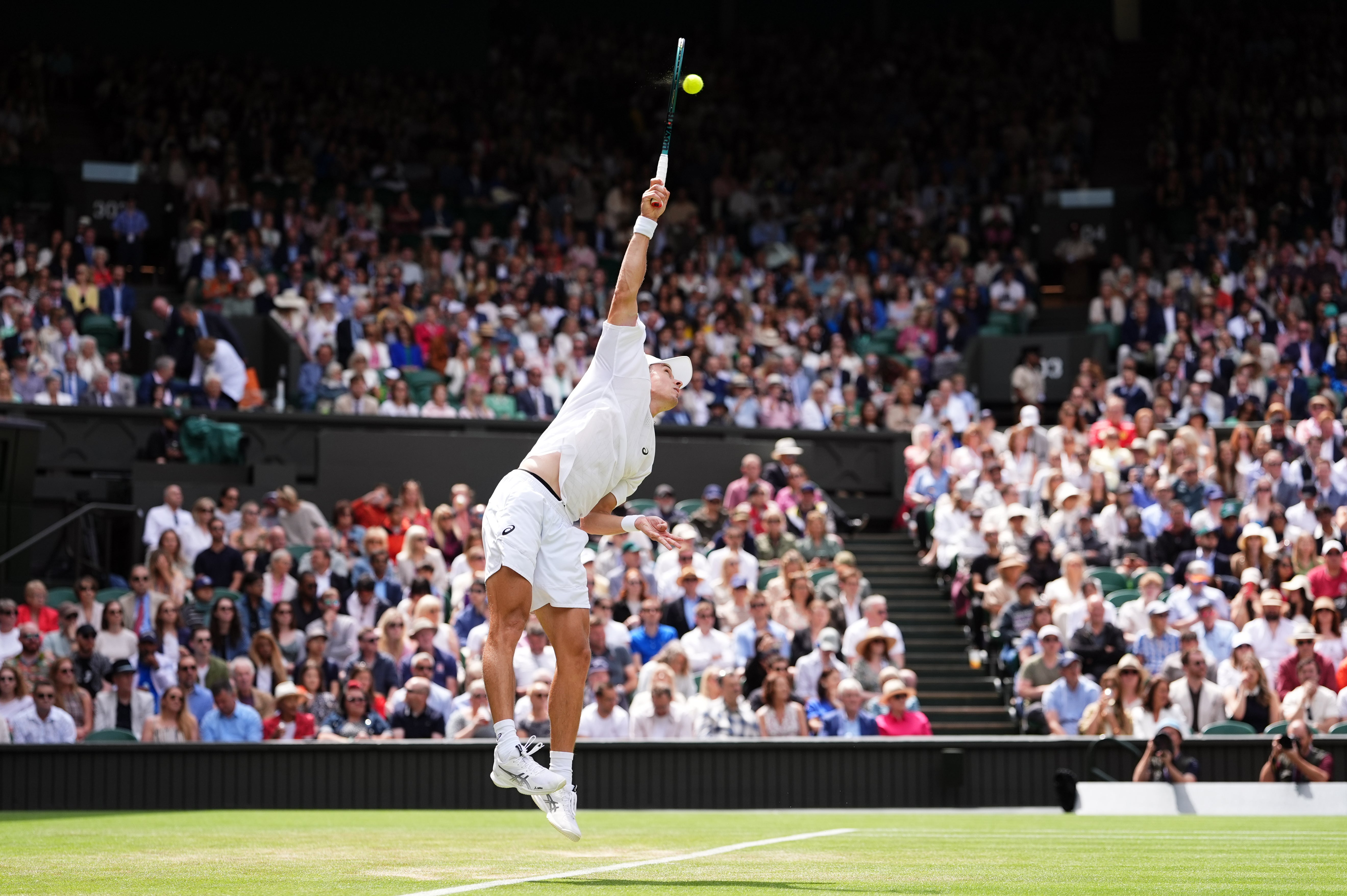
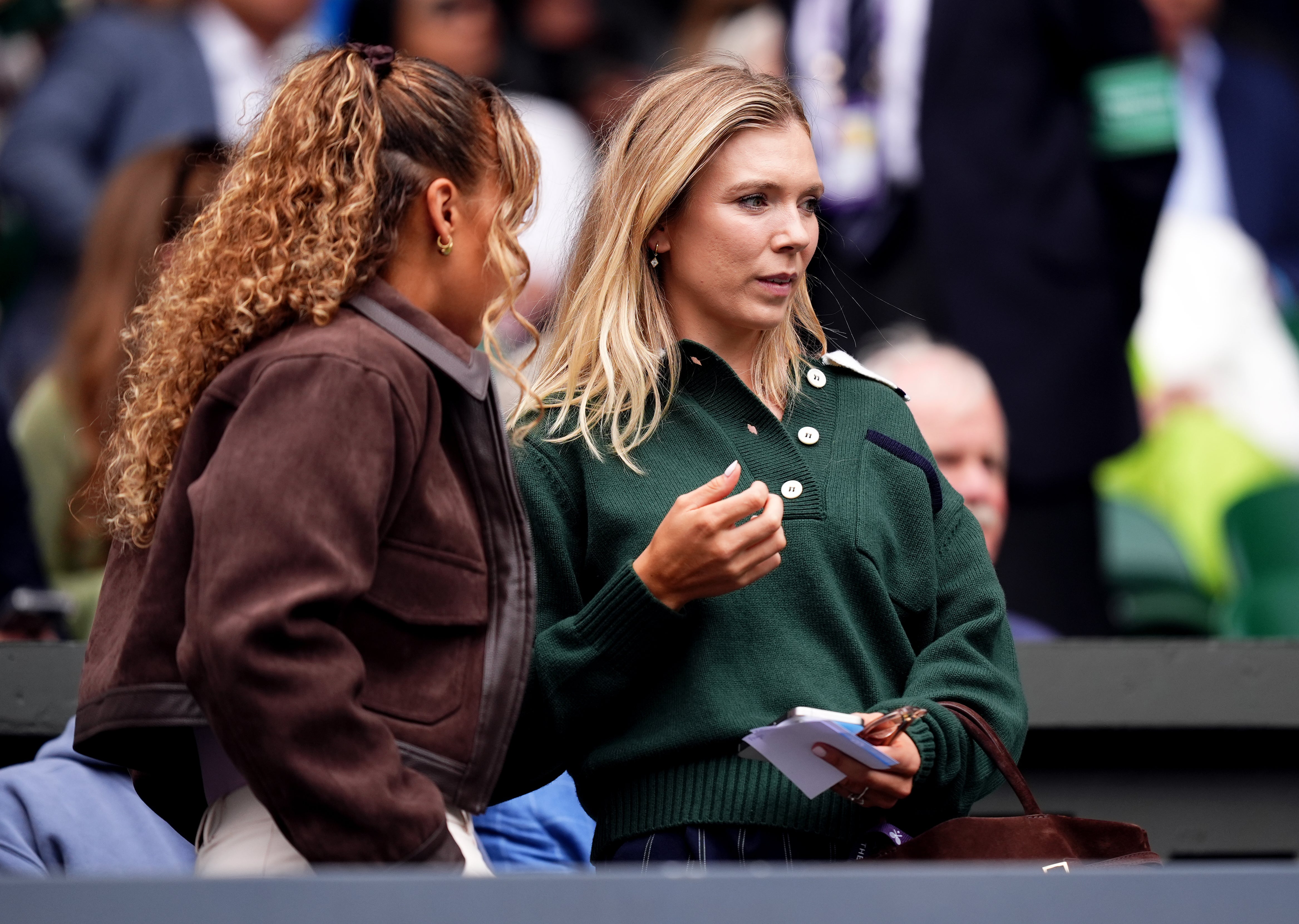
The score failed to tell the story of a match in which De Minaur exposed Djokovic’s serve time and time again. He broke six times in all, and yet that felt like a paltry return from his 19 break-point opportunities, some of which came in games which he still managed to win, but several of which escaped his grasp.
Djokovic had two key problems here. The first was himself: this was less the player who had cruised through the opening rounds with the ball on a string and more like the player who had toiled for so much of the year. Crucially, his first-serve accuracy fell below 70 per cent for the first time in the tournament, and it gave De Minaur the chance to put clean contact on the ball.
Which exacerbated Djokovic’s other problem. He was winning the majority of short points (less than five shots), and about half of the mid-length rallies (five to eight shots). But when the rallies went beyond nine, De Minaur began to overpower his 38-year-old opponent and won the vast majority. His groundstrokes fizzed over the net and pinned Djokovic back, balls flying at his feet as if trying to knock the old man over. When Djokovic did get on top, De Minaur quickly resorted to the backhand slice, chopping away all speed and bounce so that Djokovic was forced to manufacture his own while bent so low his nose was almost in the grass.
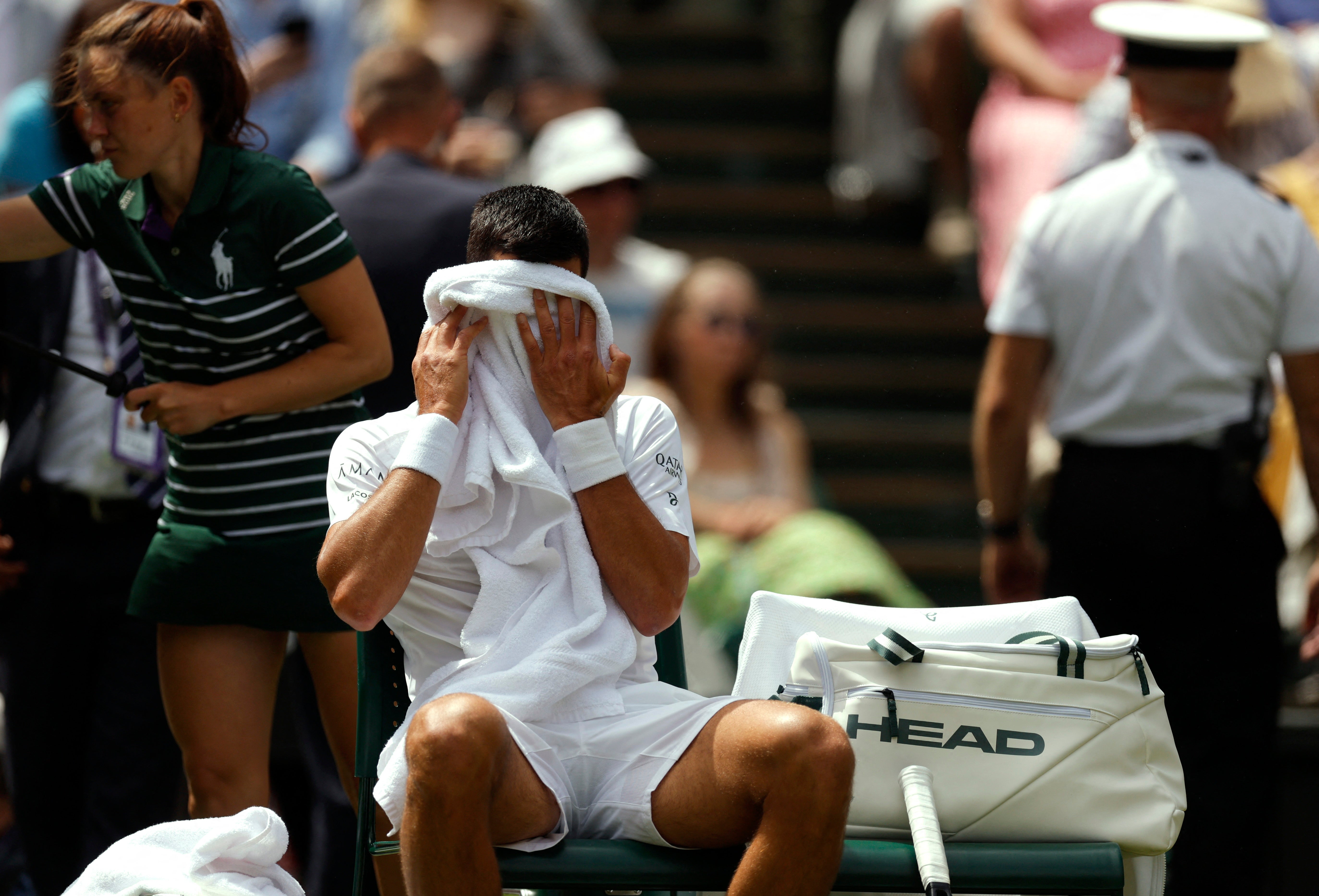
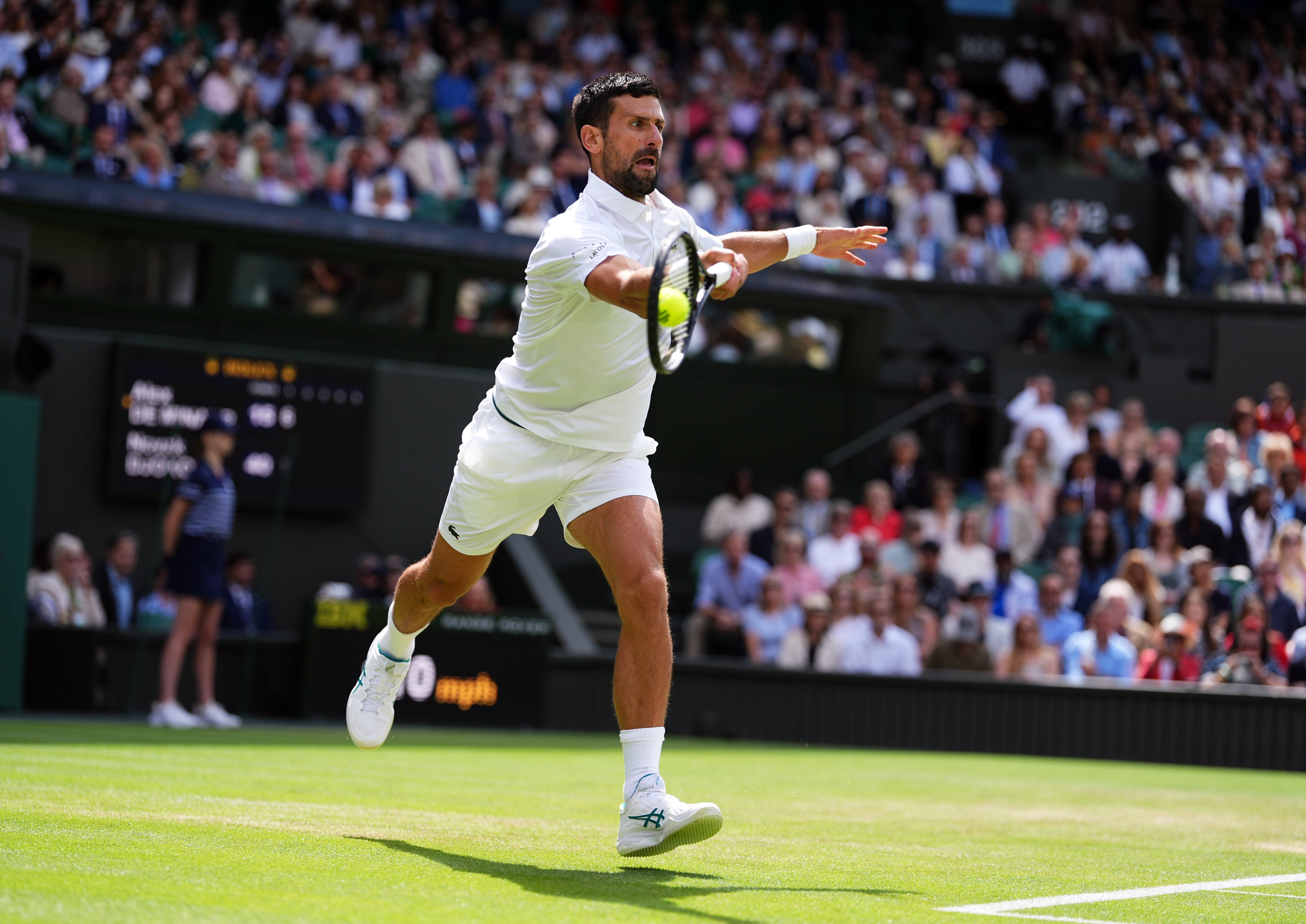
“He broke my serve three times in the first set,” Djokovic later said. “We had very windy and swirly conditions on court. He was just managing the play better from the back of the court and I didn’t have many solutions, to be honest. There was a lot of cat and mouse play, a lot of slices and he’s so good at that.”
Yet Djokovic being Djokovic, he found a way. Late in the third set, with De Minaur under pressure serving at 15-30, 4-4, Djokovic replied to another backhand slice with a whipped forehand that rushed over the net and dipped down just inside the baseline, before following it in to cut away a perfectly controlled volley-winner. It was the first time all set Djokovic had won a rally beyond nine shots, at the 14th attempt, and he capitalised with a break and ultimately the telling set.
By the fourth, Djokovic had found a semblance of control. He didn’t try to rush points and kill rallies dead; instead he invited the longer exchanges, waiting patiently for his chance and responding to the slice not with slice, as often he had in the first set, but with positive topspin that helped him take charge from the baseline and then step forwards behind his forehand. Djokovic won almost every point in the fourth set once he came to the net, pulling off several deft volleys.
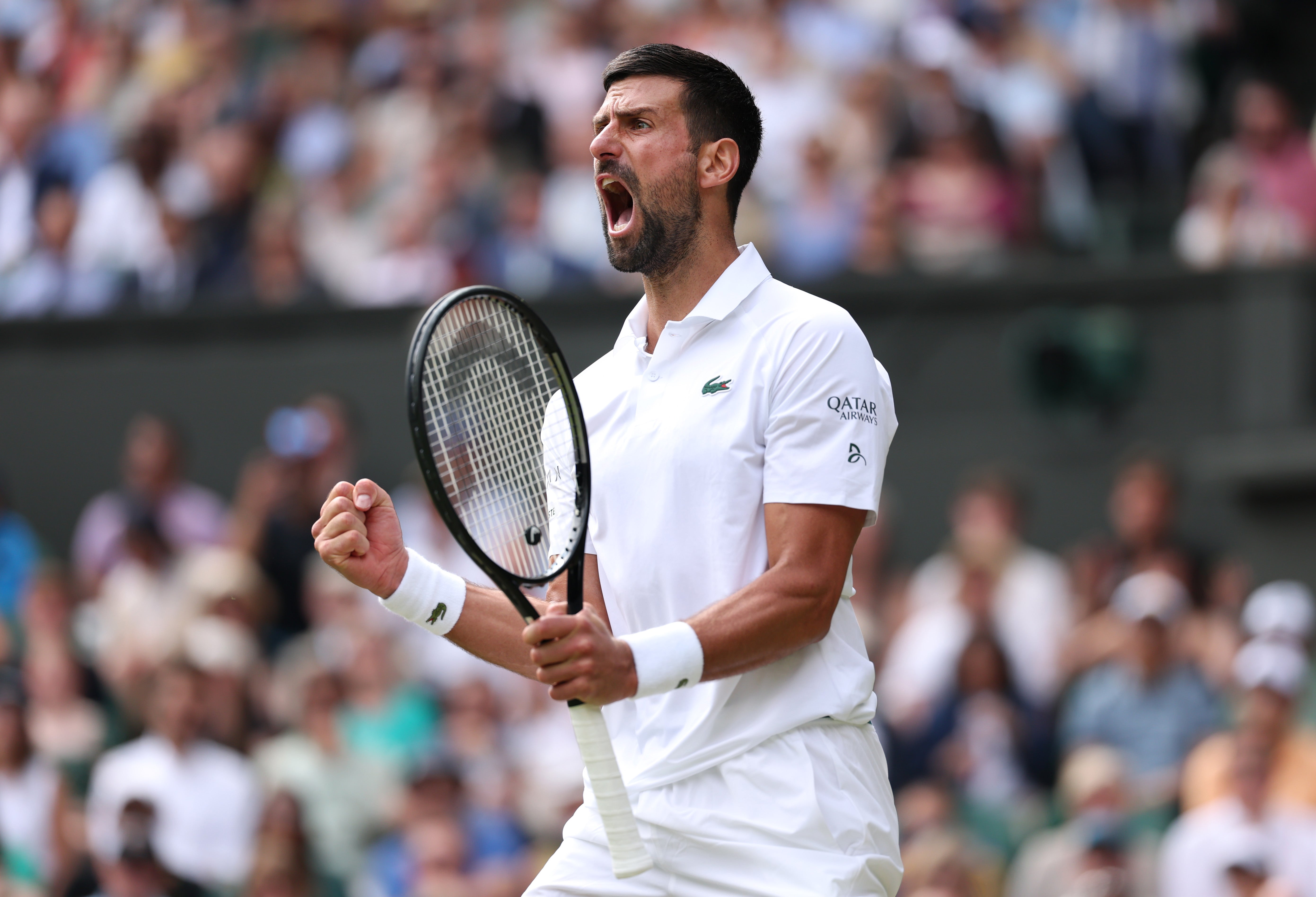
Some of the huffing and puffing of the first two sets gave way to a familiar smile at the finish, though this one was tinged with some relief. “On the grass, where the ball bounces very low, it is extremely difficult to play someone like him if you’re not feeling the ball really well,” Djokovic said. “He exposes all of your weaknesses. I was very pleased to hang in tough in the right moments and win this one.”
Next up for Djokovic is the young Italian Flavio Cobolli, making the best grand-slam run of his career so far. Djokovic won’t be looking ahead just yet, but the prospect of a mouth-watering semi-final with the world No 1, Jannik Sinner, moves ever closer as Wimbledon’s second week ticks on.

